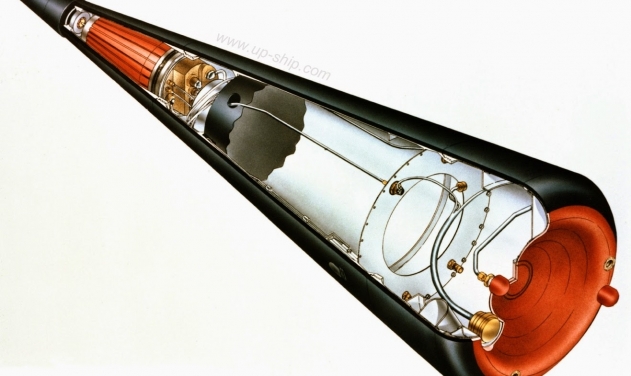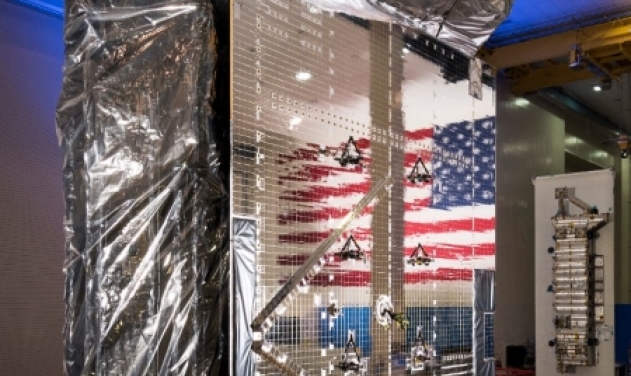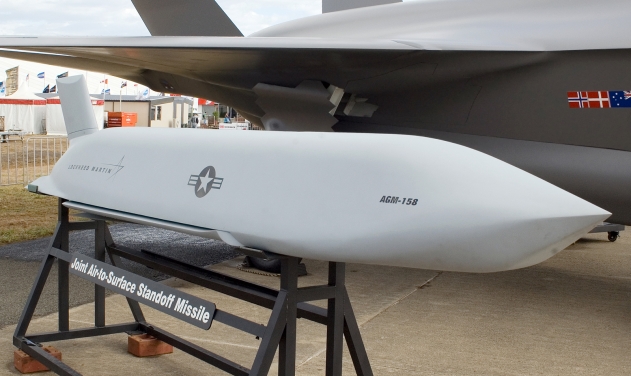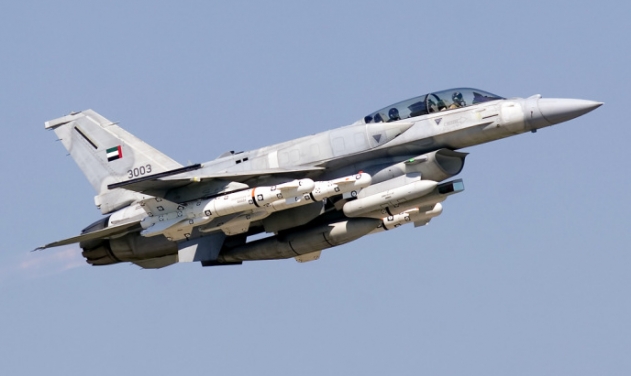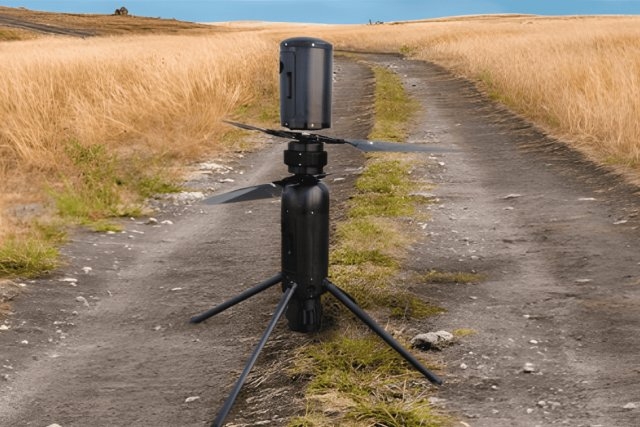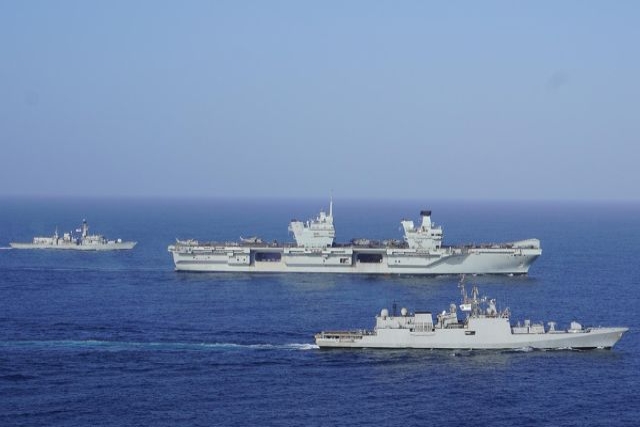Lockheed Martin Not to Part with Complete Transfer of Technology to India

Lockheed Martin will not part with 100 percent transfer of technology to India in the country’s $10-billion single-engine fighter jet deal if it wins the contract.
“It will never be full ToT. It is not in the national interest or industry’s interest. Certain technologies are not transferable to anyone in the world. Billions of dollars are spent over decades to make military-grade engines and what makes military-grade engines unique in the world is hot-sectioned technology and codings and those are crown-jewel technologies. No one is going to hand that over. So anyone who says they will is not being honest. They will not,” Keith Webster, Senior Vice-President (Defence and Aerospace), US-India Strategic Partnership Forum (USISPF) said in an interview with the HinduBusinessline Tuesday.
We are trying to meet the government’s expectation on ToT, not 100 per cent but ToT, Keith said.
Keith also said that India will have to buy at least 15-20 F-16s in flyaway condition from the current production line in Fort Worth, Texas. That would give time to actually set up production in India and add capability to the Indian forces.
Earlier last week, Speaking exclusively to Defenseworld.net during the Dubai Air show, Randall Howard, who heads Lockheed Martin’s F-16 business development said, “If India signs up to buy 200 single engine fighter jets as projected, we will certainly set up a plant in India in partnership with the Tata Group which then will become the global production hub for the F-16. This plant will not only cater to the Indian order but also to international orders for new aircraft and parts for existing F-16s.”
The aircraft proposed for India will most likely be based on the F-16V version though the configuration would depend upon the Indian Ministry of Defence’s Request for information (RFI) which we are looking forward to, he said.
Regarding transferring critical technologies related to radar, weapons systems and communications he said most of these technologies are with vendors who supply the components to Lockheed Martin and once talks progress, the US and Indian governments would have to address the issue. Key new technologies in the F-16V include the active electronically scanned APG-83 radar, which is also known as Scaleable Agile Beam Radar (SABR). The F-16V also features the Link-16 Multifunctional Information Distribution System Joint Tactical Radio Systems (MIDS-JTRS).
